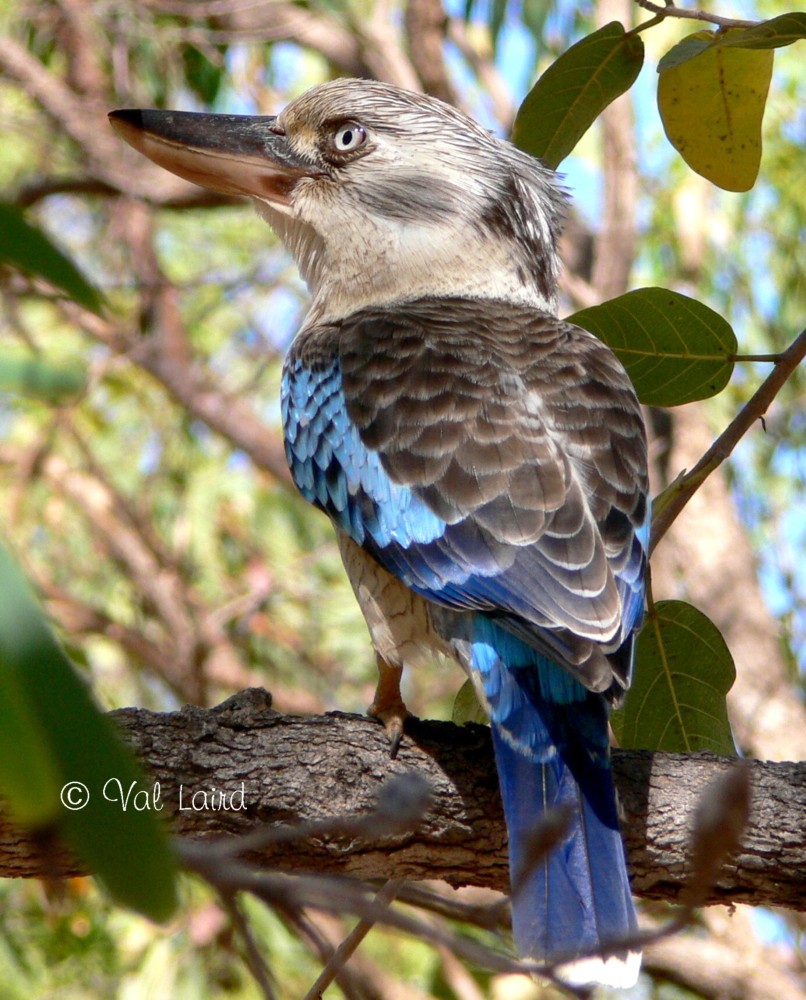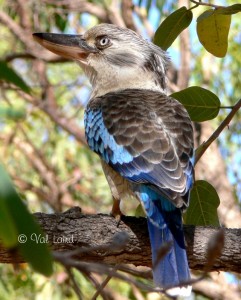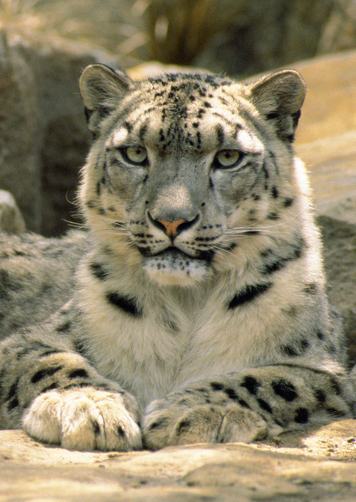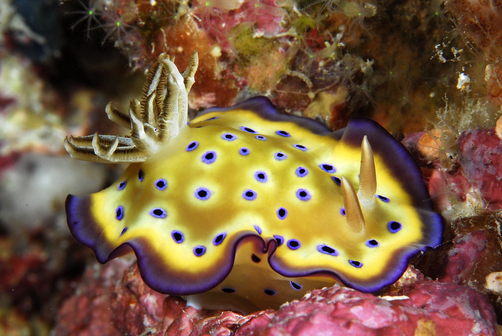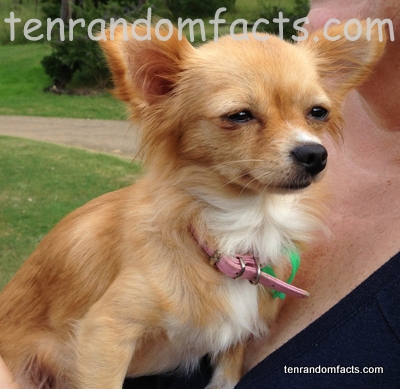
Chihuahua is pronounce chih-wow-wuh.
- Chihuahuas are the smallest dog breed and are native to Mexico.
- Chihuahuas come in many shapes and sizes and can grow up to 30-38 cm (12-15 inches) in height.
- Chihuahuas are named after the Mexican state of Chihuahua.
- Chihuahua puppies are often described as teacups, pocket size, tiny toy and miniature.
- Chihuahua come in a variety of colours, most commonly fawn, red, cream, chocolate, white and black.
- Chihuahuas often don’t like being around other breeds of dogs.
- Chihuahuas like to live in den-like, dark, secure spots such as under beds or in baskets.
- Chihuahuas often tremble when stressed, excited or cold.
- Chihuahuas are sometimes fussy eaters, but wet or fresh food are most appealing to the dogs.
- Chihuahuas normally have litters of 1-5.






